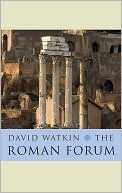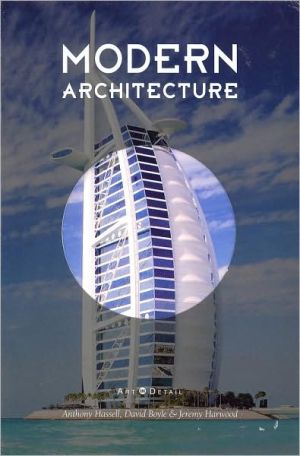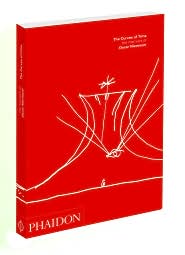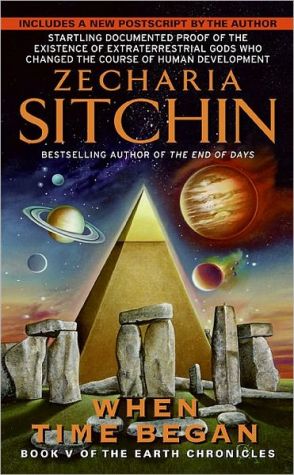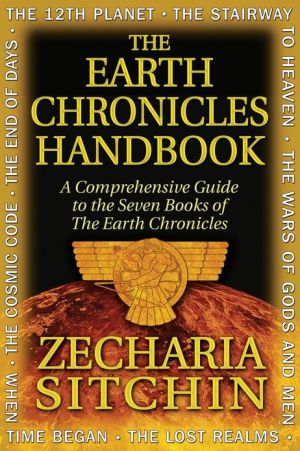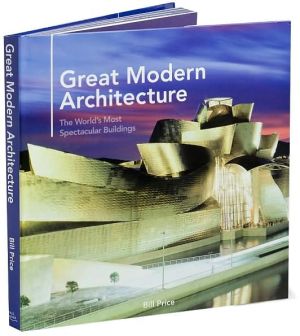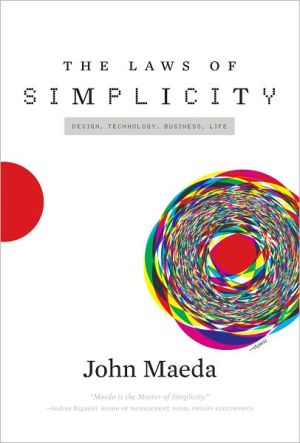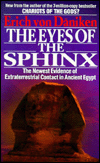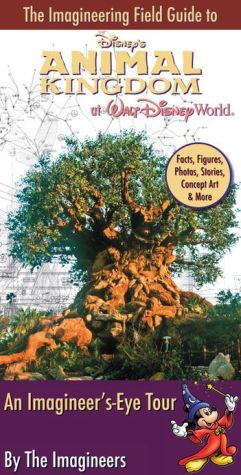The Roman Forum
Search in google:
One of the most visited sites in Italy, the Roman Forum is also one of the best-known wonders of the Roman world. Though a highpoint on the tourist route around Rome, for many visitors the site can be a baffling disappointment. Several of the monuments turn out to be nineteenth- or twentieth-century reconstructions, while the rubble and the holes made by archaeologists have an unclear relationship to the standing remains, and, to all but the most skilled Romanists, the Forum is an unfortunate mess.David Watkin sheds completely new light on the Forum, examining the roles of the ancient remains while revealing what exactly the standing structures embody—including the rarely studied medieval, Renaissance, and Baroque churches, as well as the nearby monuments that have important histories of their own. Watkin asks the reader to look through the veneer of archaeology to rediscover the site as it was famous for centuries. This involves offering a remarkable and engaging new vision of a well-visited, if often misunderstood, wonder. It will be enjoyed by readers at home and serve as a guide in the Forum.Michael Patrick Brady - popmatters.com[Watkin] treats readers to an incisive and insightful history of the Forum with a focus on its evolution following the fall of the Roman Empire. In The Roman Forum, he deftly illuminates the fascinating changes that this once sacred space has undergone in the last millennium, and argues that our modern perception of the Forum, dictated by archaeological pursuits, tends to obscure those aspects of the Forum that are truly impressive. The Roman Forum is the latest entry in the Wonders of the World series from Harvard University Press, which provides in-depth, scholarly explorations of very specific subjects like the Rosetta stone or the Coliseum. Watkin's work in this volume is clearly a labor of love; his sincere appreciation for the Forum and for classical architecture at large is evident, and his expertise helps render an easily navigable portrait of the Forum in four dimensions. He traces the shifting attitudes and pivotal events that have shaped the Roman Forum from late antiquity, through the Middle Ages, all the way to the present day.
